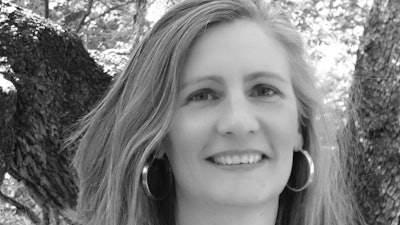Community colleges have the ability to not only put students on the right path, but most importantly, ensure that students begin on the right foot. That right foot has so many implications, the first of which is the financial impact of attending a community college as the first step toward a bachelor’s degree. Currently, students are more immediately aware of the return on interest (ROI), and they want to know —up front — the lasting impact of their choices of when and how they engage in higher education.
According to the Community College Research Center, “the cumulative amount owed after 12 years is an estimated $10,300 per student who started at public two-year college in 2003-04 (for all entrants, not just borrowers). For public four-year entrants it’s nearly $20,000. For those starting at for-profit colleges, it’s $13,000.”
Higher debt makes sense for some students but not for all. In fact, for many, it is starting them off on the right path but on the wrong foot. While it is still true that earning a degree has many benefits, how that degree is earned, both in terms of the debt and the emotional atmosphere, needs more examination. And there’s data that shows students who attend community college first are more successful when they transfer than students who go directly to a four-year school as freshman. The six-year graduation rate (a standard metric for four-year U.S. colleges) for students who transferred from community colleges to “most competitive” or “highly competitive” institutions in Fall 2010 is 75%, and the rate for students who enrolled directly out of high school is 73% (The Jack Kent Cooke Foundation).
I (Steven Posada) understand that his loans enabled me to earn my degree at a four-year institution, have a career, and offer my family a better quality of life. Given the choice to do it again or lose it all, I would undoubtedly do it. However, with better guidance, I could be in the same position with a much lower student-related debt and in essence offering my family an even better life if I had attended a community college first.
I am not alone. Many students wish they’d have more information about the greater financial picture now that they are shackled by student loans. I took out loans to live in the dorms, and I now wish I had a more mature understanding of what it meant and means to take on that debt. On the other hand, Charlotte Gullick attended a community college for three years, and took out no loans during that time.
 Charlotte Gullick
Charlotte Gullick
High school counselors, college admissions counselors, and others may think it’s their first priority to get students in the four-year-door and the rest will fall into place. However, there is little opportunity for these same counselors to circle back and ensure that “the rest” truly got addressed. By failing to discuss the larger context of these decisions, we set up students for financial impacts down the road that can inhibit their life choices.




















